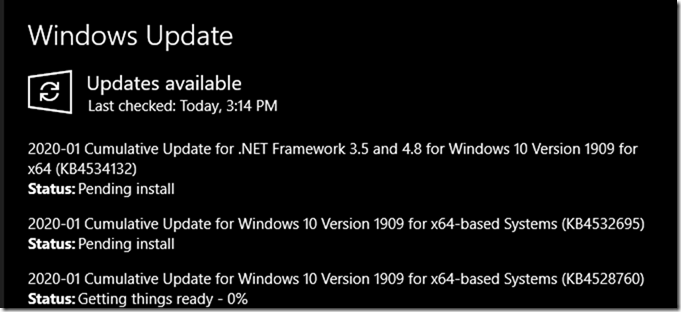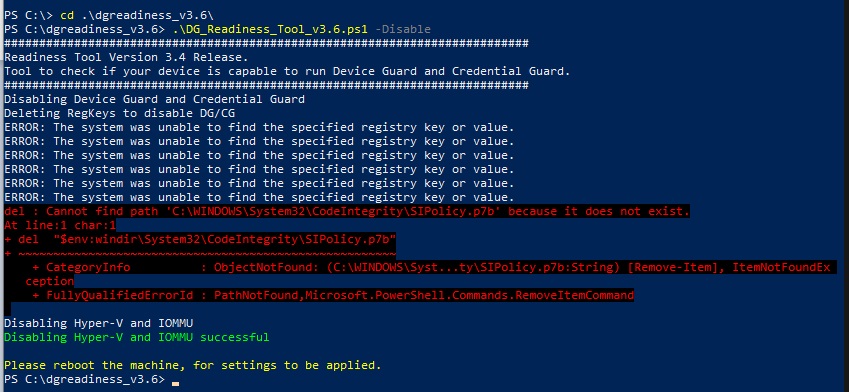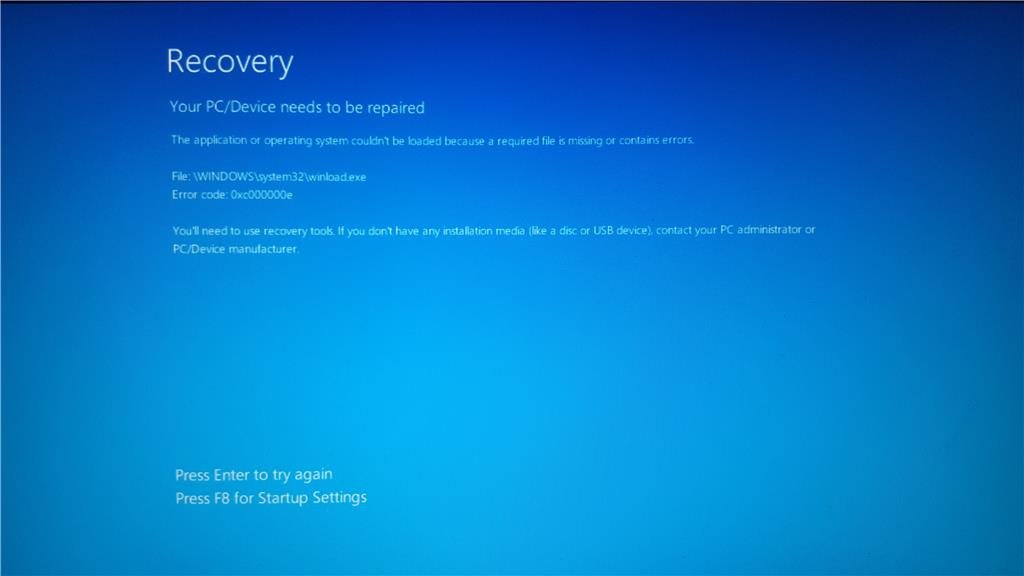CVE-2020-0688 | Microsoft Exchange Validation Key Remote Code Execution Vulnerability
Security Vulnerability
Date of Publishing: February/11/2020
Microsoft has announced a vulnerability has been found in all Exchange Server 2010 through 2019 versions, The vulnerability allows an attack to send a specially crafted request to the affected server in order to exploit it.
When could this happen?
A remote code execution vulnerability exists in Microsoft Exchange Server when the server fails to properly create unique keys at install time.
Knowledge of a the validation key allows an authenticated user with a mailbox to pass arbitrary objects to be deserialized by the web application, which runs as SYSTEM.
The security update addresses the vulnerability by correcting how Microsoft Exchange creates the keys during install.
Affected Versions:
-
Microsoft Exchange Server 2010 Service Pack 3 Update Rollup 30
-
Microsoft Exchange Server 2013 Cumulative Update 23
-
Microsoft Exchange Server 2016 Cumulative Update 14
-
Microsoft Exchange Server 2016 Cumulative Update 15
-
Microsoft Exchange Server 2019 Cumulative Update 3
-
Microsoft Exchange Server 2019 Cumulative Update 4
Solution:
Until now Microsoft has not provided any solution or work around to cover this vulnerability.
Mitigations
Microsoft has not identified any mitigating factors for this vulnerability.
Workarounds
Microsoft has not identified any workarounds for this vulnerability.
NOTE:
Keep an eye on the below link for any change
https://portal.msrc.microsoft.com/en-US/security-guidance/advisory/CVE-2020-0688




![clip_image001[4] clip_image001[4]](https://www.moh10ly.com/wp-content/uploads/2020/01/clip_image0014_thumb-2.png)

![clip_image001[6] clip_image001[6]](https://www.moh10ly.com/wp-content/uploads/2020/01/clip_image0016_thumb-1.png)






